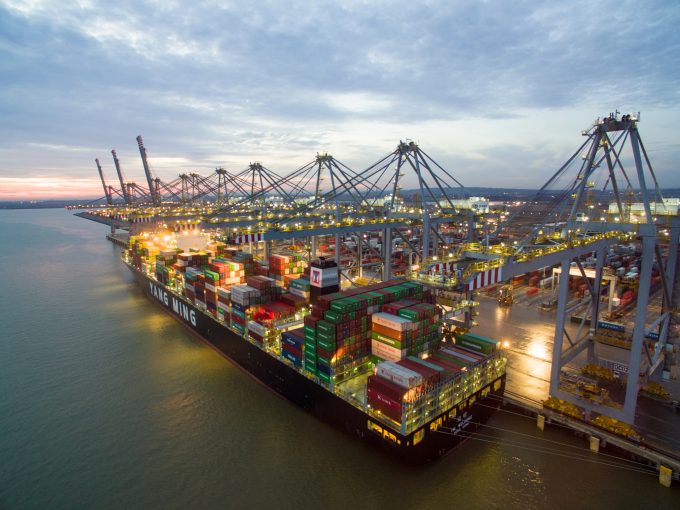Interest in larger tonnage picks up amid flurry of newbuild orders
Tonnage providers and operators have been active in latest containership newbuilding orders this week. South Korea’s ...

As container spot rates continue to wane and close in on contract rates two more ocean carriers have reported record first quarter earnings.
Taiwanese carrier Yang Ming posted a net profit for Q1 of $2.2bn, achieved from a 71% increase in revenue, compared to the first ...


Comment on this article